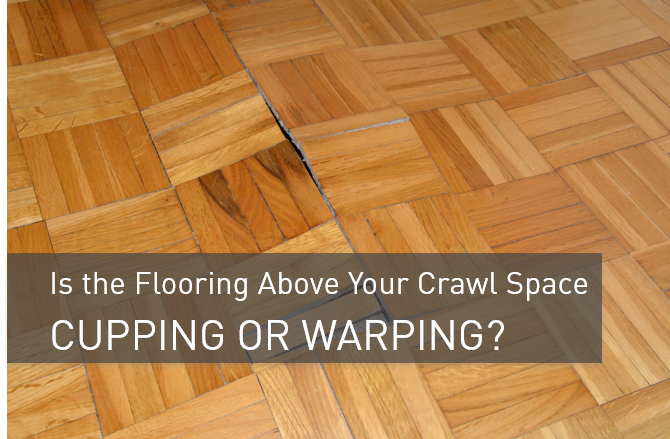This issue can either come from a moisture issue that is affecting the center of the planks or from sanding a floor that was cupped and still had moisture issues.
Crowning floor due humidty.
Crowning is the opposite of cupping.
It most often occurs when a floor has been sanded too soon after cupping.
This creates a concave u shape in the board.
If the floorboards absorb humidity from the air or moisture from the subfloor they can swell and.
This can occur when the surface of the floor encounters moisture.
Cupping occurs when the edges of a wood plank become higher than its center.
An example of cracking in hardwood floor due to high relative humidity.
Crowning is typically a problem that is a direct result of cupping.
It usually happens after water is left standing on the wood or if the floor s exposed to high humidity over a long span.
Unfortunately it s also possible to cause crowning in an attempt to fix cupping.
Crowning is characterized by wood that is raised in the center and dips down on the long edges of the planks.
Like cupping and buckling crowning is a defect a wood floor can develop when exposed to moisture.
The middle of the board is higher than the board s edges.










